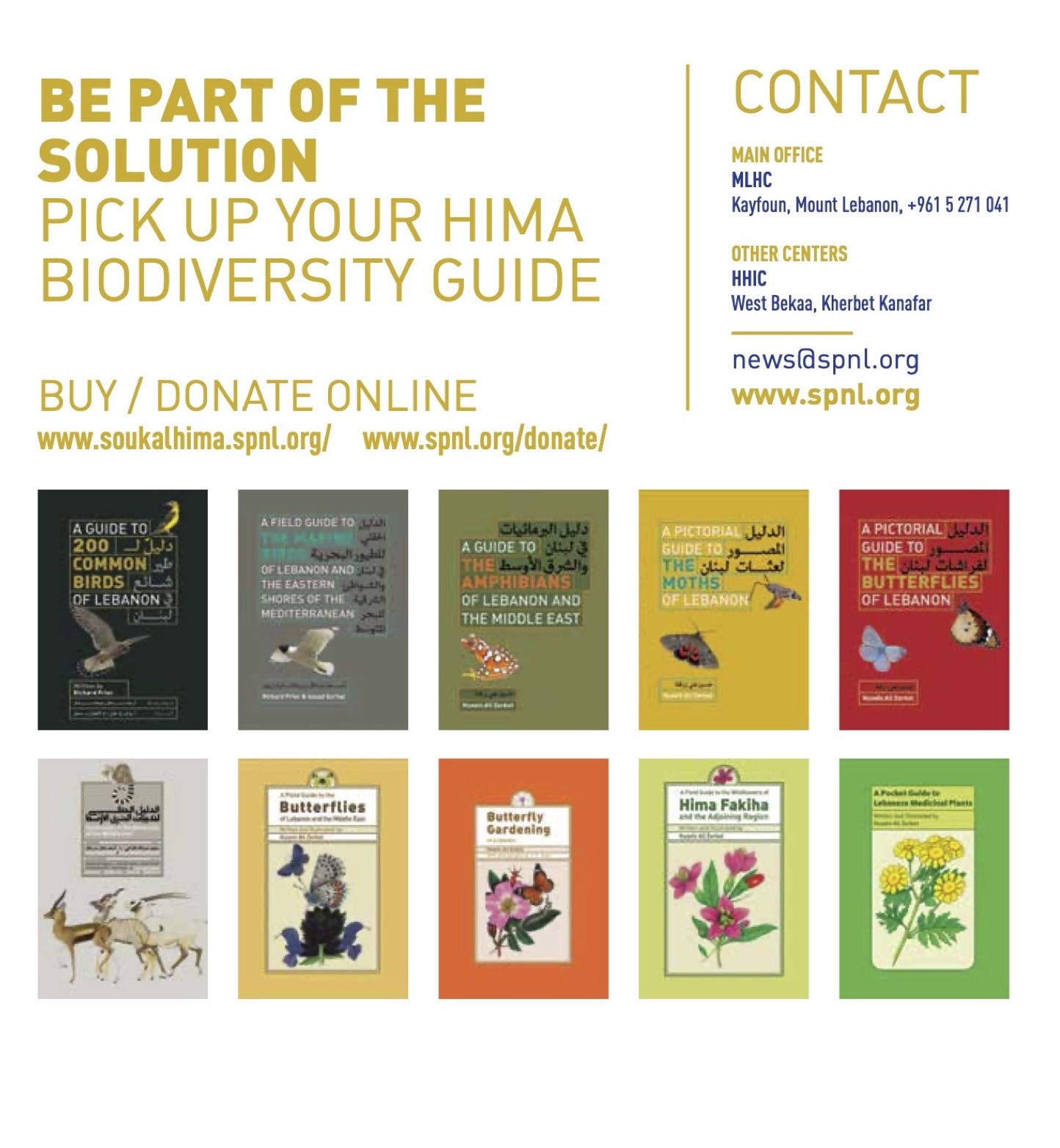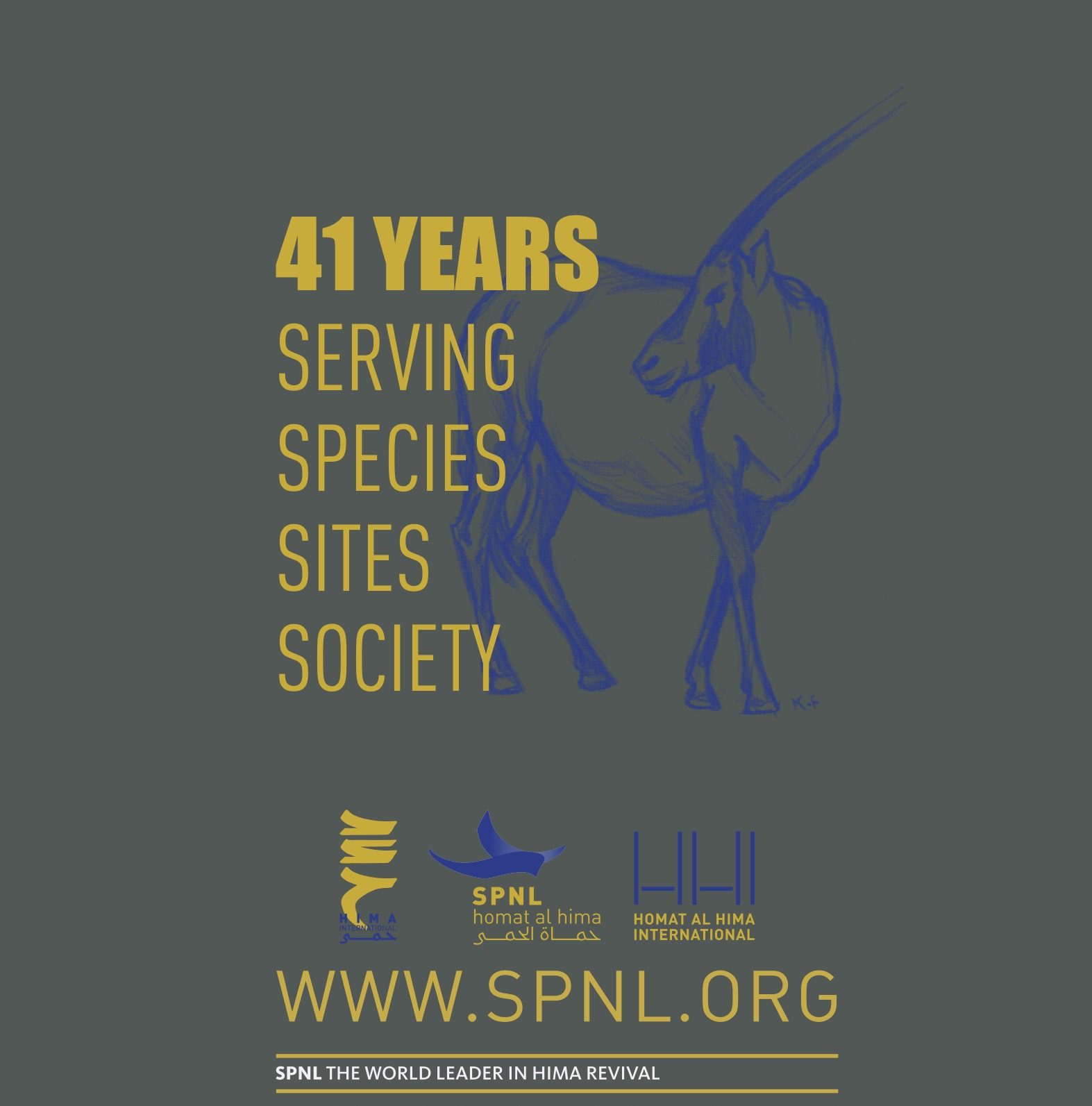SPNL’s Research and Conservation team is conducting weekly field visits to monitor plants, reptiles, birds, and mammals since last April under the project entitled: Promote the Conservation of Biodiversity and Traditional Land-use Practices at the Socio-ecological Landscape of Upper Beirut River and funded by CEPF.
These field visits are essential to building an updated database for the biodiversity at the targeted areas: Hima Hammana and Hima Ras El Maten while leading to better decision-making for future conservation actions.
This one year and a half monitoring is giving SPNL team the chance to see the hidden gems of nature in the Himas during the different seasons as it’s shown in the following pictures observed during this Autumn at Hima Hammana.













